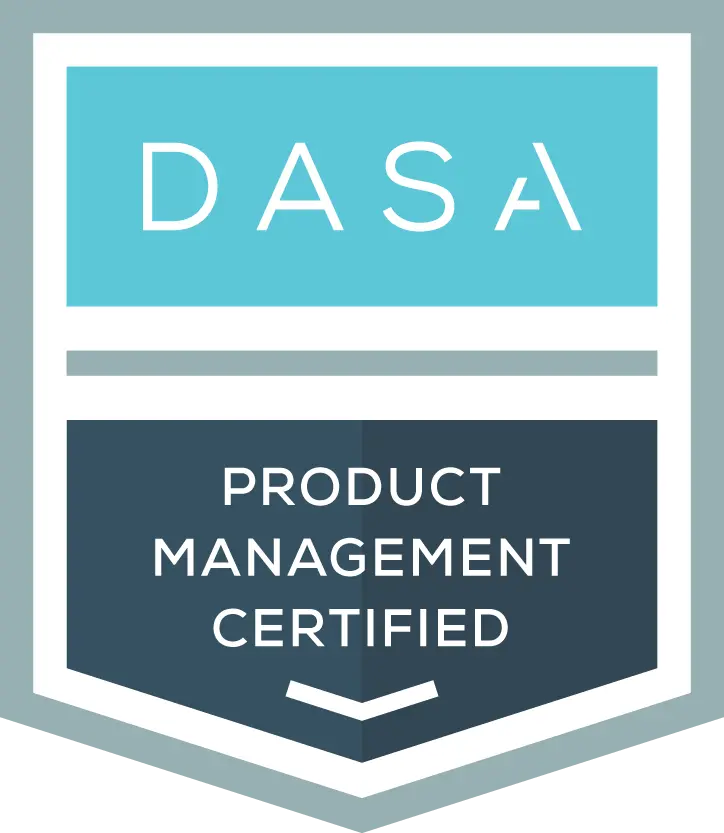Product management acts as a critical bridge between various functions within an organization and the ever-evolving market.

Product Management: Steering the Ship Through Organizational Challenges
Product management acts as a critical bridge between various functions within an organization and the ever-evolving market. When faced with organizational hurdles, product managers play a key role in identifying solutions and navigating the team towards success. Here’s how they tackle these challenges:
1. Silos and Miscommunication:
- Facilitation: Product managers convene cross-functional teams (engineering, design, marketing) to ensure everyone is aligned on goals and challenges. They act as facilitators, ensuring clear communication and fostering collaboration.
- Prioritization: With input from various stakeholders, product managers prioritize features and roadmaps based on both business objectives and customer needs. This clear direction minimizes confusion and wasted effort.
2. Lack of Customer Focus:
- User Research: Product managers conduct user research (surveys, interviews, usability testing) to understand customer needs and pain points. This user-centric approach ensures products are solving real problems for real people. ○
- Data Analysis: They leverage data analytics to track user behavior and measure product performance. This data helps identify areas for improvement and validate product decisions.
3. Slow Innovation and Release Cycles:
- Agile Methodologies: By adopting agile methodologies (like Scrum or Kanban), product managers break down development into smaller, iterative cycles. This allows for faster feedback loops and quicker product iterations.
- Prioritization and Focus: They ruthlessly prioritize features and functionalities based on impact and feasibility. By focusing on delivering high-value features first, they optimize development timelines.
4. Unclear Product Vision and Strategy:
- Market Research: Product managers conduct market research to understand industry trends, competitor offerings, and emerging technologies. This knowledge informs product vision and ensures the product remains competitive.
- Product Roadmap: They develop a clear product roadmap that outlines the product’s direction, key milestones, and target features. This roadmap serves as a guiding light for the entire organization.
5. Inability to Adapt to Change:
- Competitive Awareness: Product managers constantly monitor the competitive landscape and identify new threats or opportunities. This awareness allows for proactive adjustments to the product strategy.
- Flexibility and Iteration: They embrace a flexible approach, understanding that market needs and user behavior can evolve rapidly. The product roadmap is not set in stone, allowing for course correction based on new data or feedback.
By employing these strategies, product managers can transform organizational challenges into opportunities for growth and innovation. They steer the product development ship, ensuring it stays on course to deliver value to both customers and the organization.


DASA Product Management
DASA Product Management offers a strategic approach to product management, equipping participants with the skills necessary for leading strategic alignment of product vision with business goals, market analysis, and lifecycle management, fostering a product-centric mindset.


